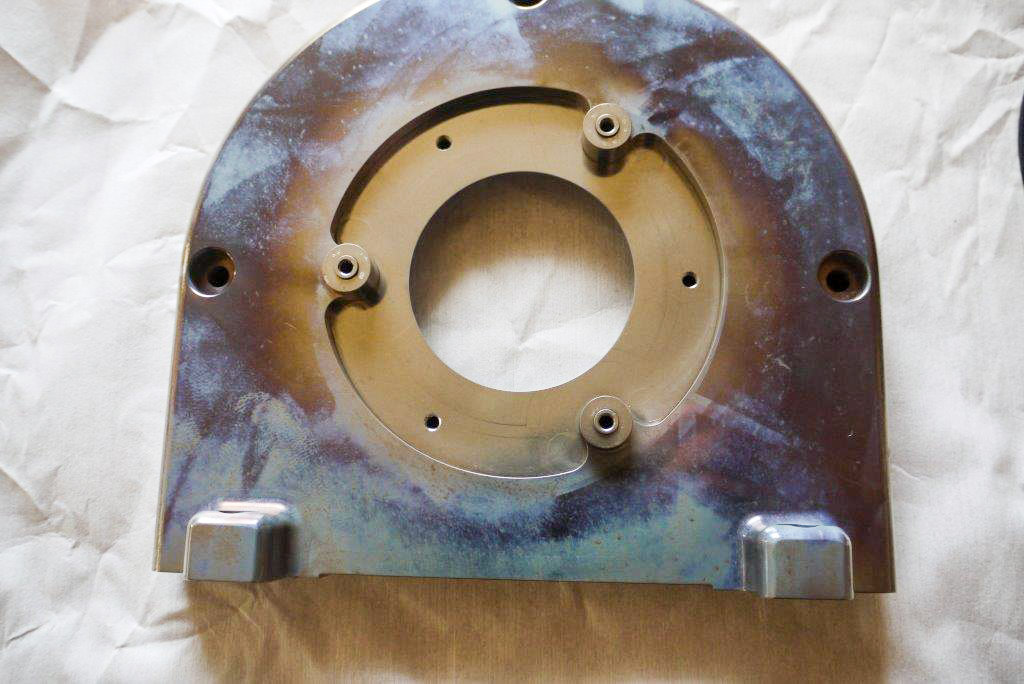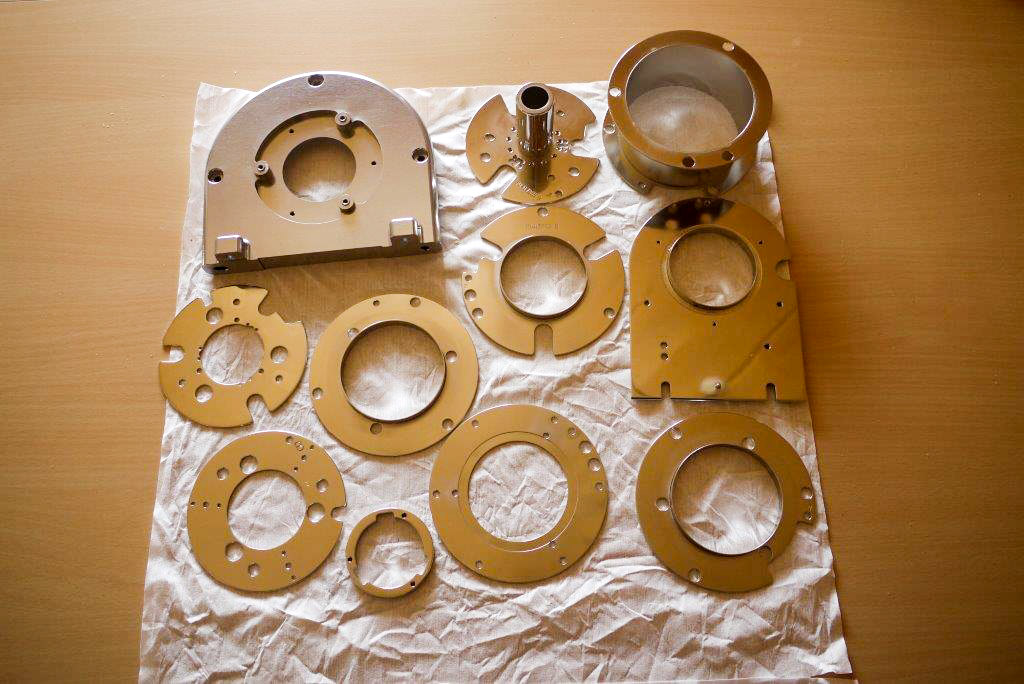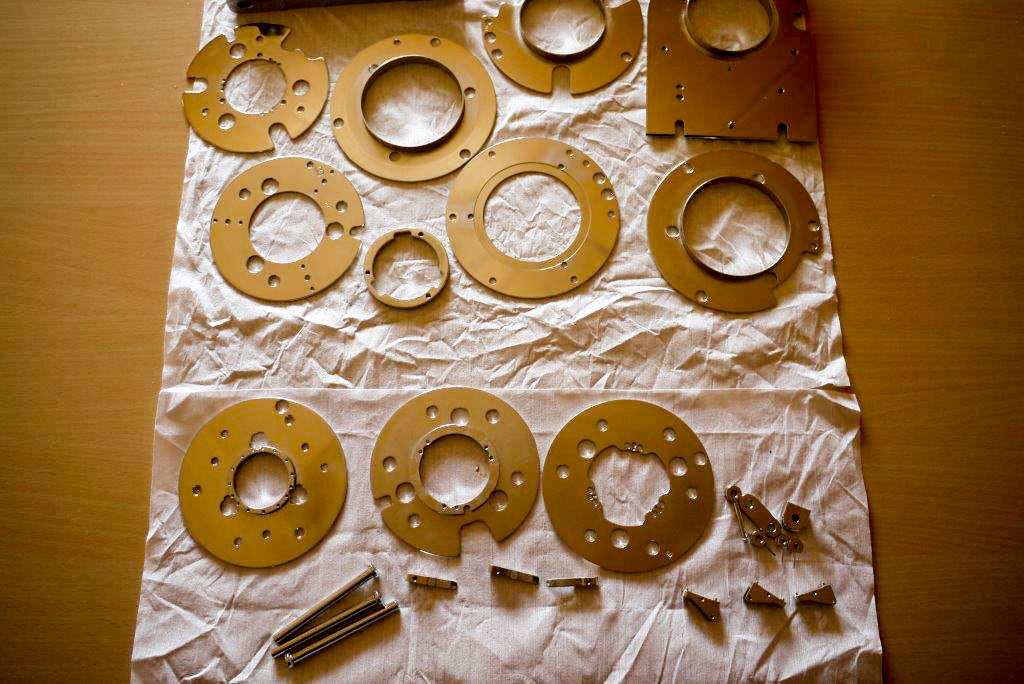Anodically polarized metallic workpieces are placed in an electrolytic bath for the superpolishing process.
The electrolyte consists of a solution of about 98% water and 2-3% salt.
This produces gas which wetted the workpiece to be polished.
This coats the workpiece and leads to a reduction of the roughness as well as removes organic and inorganic contaminants with minimal mass loss.
Depending on the material specifications the typical material removal lies between 2 – 8 µm per minute. The geometric shape of the component is almost maintained.
![]() Super Polishing process description and the significant differences to electropolishing
Super Polishing process description and the significant differences to electropolishing
For further details please do not hesitate to contact us.
Electrolytes are used to date for treatment of:
Ferrous metals:
all stainless steels (polishing depends on the degree of alloying elements and carbon content)
Non-ferrous metals:
brass and its alloys
Chromium-cobalt alloys
Chromium-cobalt-molybdenum alloys
Tungsten
Molybdenum
Light metals:
Titanium and Titanium alloys
some Magnesium alloys
developed.
The innovative process of super polishing lends itself as the solution in areas such as surface polish, deburring and purification due to its many benefits like:
• levelling of microroughness (< 0,01 µm)
• minimal material removal
• processing of any contours is possible
• achievement of unprecedented degree of gloss
• no prior treatment or cleaning of the workpieces necessary
• the environmentally friendly electrolytes consists 98% H2O,
• no use of environmentally harmful substances or highly concentrated acids
• once processed surfaces are more corrosion resistant than its initial state
• lowest thermal and mechanical stress on the surface ( t <100°C )
• no cytotoxic effects can be expected on plasma polished surfaces
Special features:
Metal parts never heat up beyond 100 °C not even superficially during the process of super polishing.
Super polished metal is characterized by an improved corrosion protection compared to the initial state.
Chemical used:
• Ammonium sulfate with water-soluble sulfur < 10%
• optional: Phosphoric acid approx. 10% (only for removing stains)
• deionized water




